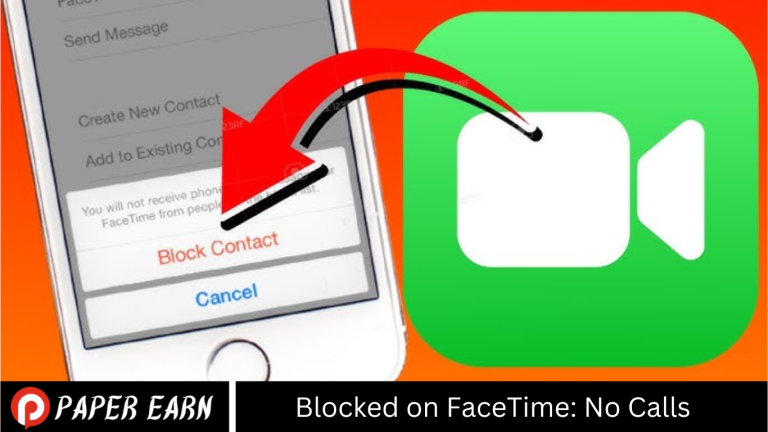Blocked on FaceTime, communication channels within the app are restricted. To determine if you’ve been blocked, attempt calling or messaging the individual. Failure to connect with your call and the undelivered status of your message may suggest a block. Yet, FaceTime lacks an official notification system for blocked contacts.
Introduction to Facetime Blocked
FaceTime serves as a vital platform for connecting individuals across distances. However, encountering a block on FaceTime can disrupt these connections. When users are blocked on FaceTime, their ability to initiate calls or send messages within the app is curtailed. Detecting a block is often elusive, but there are methods to discern if such a restriction exists. This article delves into the nuances of FaceTime blocking, exploring the signs that indicate a block and shedding light on the absence of official notifications for blocked contacts. Understanding these dynamics is essential for navigating the intricacies of interpersonal communication in the digital age.
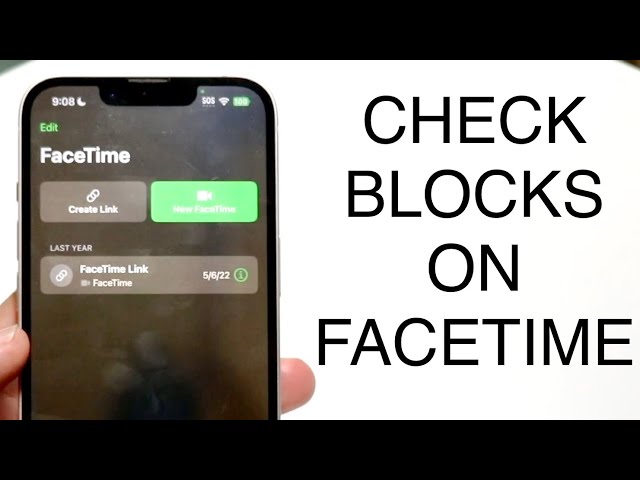
Understanding FaceTime Limitations
FaceTime, renowned for its seamless video and audio calling features, also harbors limitations that users may encounter. These constraints primarily manifest when another blocks a user. One’s ability to initiate calls or send messages through the app is abruptly halted upon being blocked. Detecting a block can be perplexing, often requiring trial calls or messages to gauge connectivity. FaceTime needs an official notification system to alert users of being blocked. Understanding these limitations is crucial for navigating FaceTime’s social dynamics and ensuring effective communication strategies.
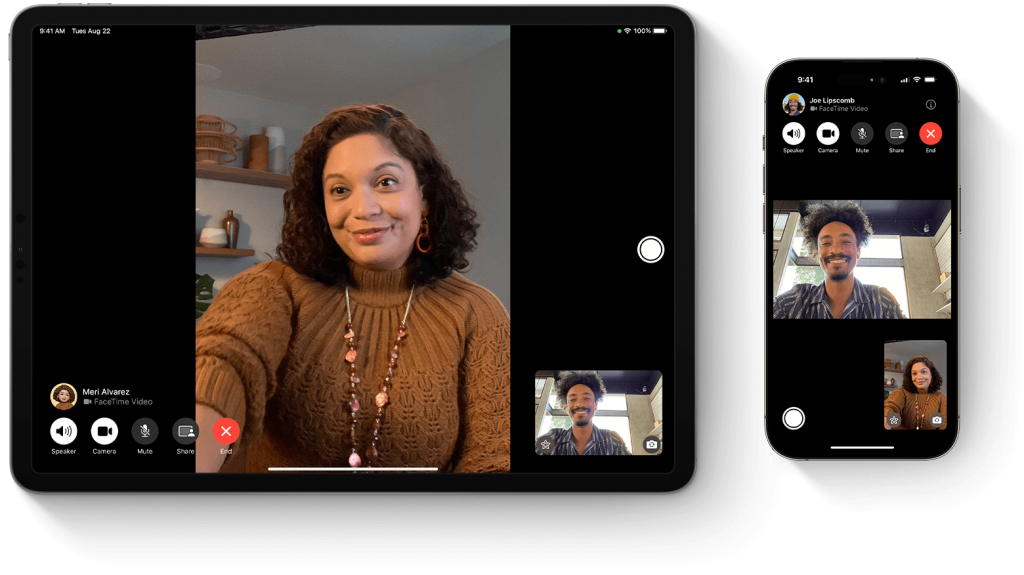
Exploring Communication Challenges
FaceTime, celebrated for its seamless video and audio calls, presents users with occasional communication challenges. These hurdles commonly arise when another contact blocks a user. The blocked user loses the privilege to initiate calls or send messages within the app. Detecting a block can prove intricate, often necessitating trial calls or messages to ascertain connectivity. Importantly, FaceTime lacks an official notification mechanism to inform users of being blocked. Grasping these challenges is essential for devising effective communication strategies and fostering seamless interactions on the platform.
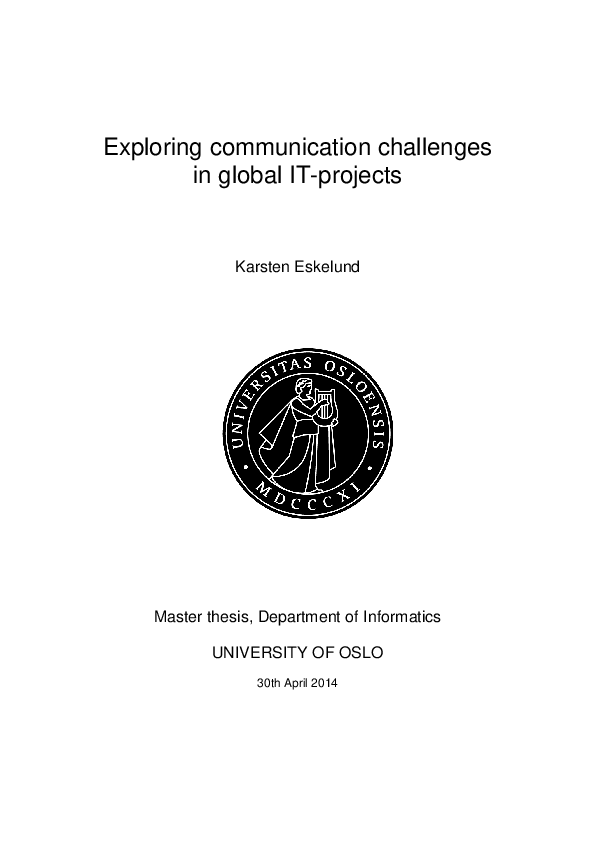
Introduction to Alternative Channels
FaceTime stands out as a popular platform for real-time interactions. However, users must explore alternative channels to maintain communication when faced with limitations such as being blocked. This article delves into the diverse array of alternative communication platforms available, offering insights into their features, benefits, and limitations. By effectively understanding and utilizing these alternative channels, individuals can navigate communication challenges and ensure uninterrupted connectivity in today’s digital landscape.

Diverse Communication Platforms
Consider the array of communication platforms available. With numerous options at your disposal, choosing wisely based on your specific needs is essential. Evaluate each platform’s features, such as video conferencing capabilities, messaging functions, and device accessibility. By exploring diverse communication channels, you can ensure effective and seamless interaction with your audience or team members.
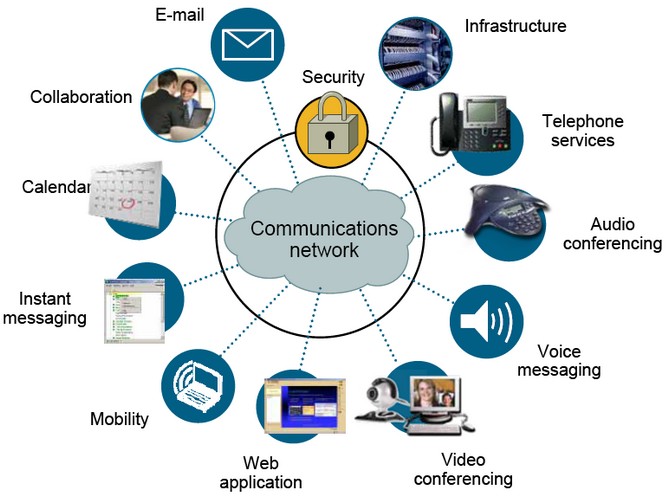
Messaging Apps as Alternatives
Messaging apps have emerged as versatile alternatives to traditional communication methods. These platforms offer real-time messaging features, enabling users to exchange text, images, and multimedia content effortlessly. Many messaging apps cater to diverse communication preferences and needs, from WhatsApp to Telegram. This article aims to delve into the advantages of messaging apps, highlighting their accessibility, convenience, and privacy features. By understanding the versatility of messaging apps, individuals can leverage these platforms to maintain seamless communication across personal and professional spheres. Messaging apps are invaluable tools for casual conversations or team collaboration in today’s interconnected world.
Zoom: Connecting Beyond Facetime
Zoom emerges as a versatile platform, extending connectivity beyond the confines of FaceTime. While FaceTime offers seamless video and audio calls, Zoom enhances communication by facilitating virtual meetings, webinars, and collaborative sessions. This article explores the versatility of Zoom, highlighting its features such as screen sharing, virtual backgrounds, and breakout rooms. With Zoom, users can connect with colleagues, friends, and family across geographical barriers, fostering collaboration and engagement.

Google Meet: Another Option
Google Meet emerges as a robust alternative to FaceTime. While FaceTime facilitates one-on-one video calls, Google Meet offers a broader spectrum of features, including multi-person video conferences, screen sharing, and integration with other Google Workspace tools. This article delves into the versatility of Google Meet, highlighting its seamless integration with Google Calendar and Gmail, making scheduling and joining meetings effortless. With Google Meet, users can easily connect with colleagues, clients, or friends, regardless of their device or location.
Can You Text Someone Or Send an iMessage To Someone Who Blocked You On FaceTime?
You can still send text messages or iMessages to someone who has blocked you on FaceTime. However, it’s important to note that the block prevents them from receiving notifications about your messages. This means they won’t be alerted to your attempts to communicate with them. For further insights on this topic, explore our blog post, “Can You Text Someone You Blocked on iPhone?”
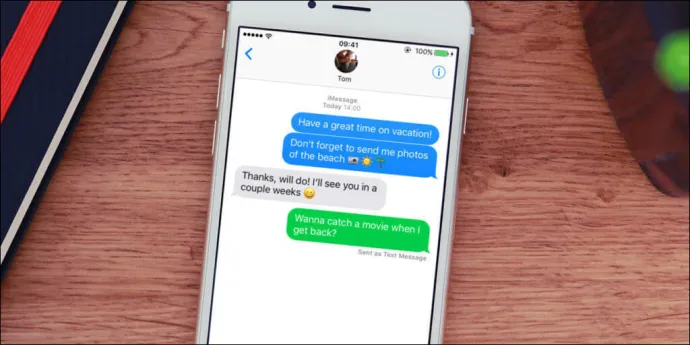
Can You FaceTime Someone If Their Phone Is Off?
FaceTime someone even if their phone is powered off. However, they will only receive the notifications and missed calls once they turn their device back on. While being blocked can evoke frustration and disappointment, communication is key in resolving conflicts. We hope our blog has clarified whether you can FaceTime someone who has blocked you.
Frequently Asked Questions
Can You Text Someone or Send an iMessage to Someone Who Blocked You on FaceTime?
Yes, you can still send text messages or iMessages to someone who has blocked you on FaceTime. However, they won’t receive notifications about your messages due to the block.
Can You FaceTime Someone If Their Phone Is Off?
Yes, you can attempt to FaceTime someone even if their phone is powered off. They will receive a notification and see the missed call once they turn their device back on.
Is It Possible to Unblock Yourself on FaceTime?
No, there isn’t a way to unblock yourself on FaceTime. You’ll need the person who blocked you to remove the block from their end.
How Do I Know If Someone Has Blocked Me on FaceTime?
If your calls don’t go through and messages aren’t delivered, it could indicate that you’ve been blocked on FaceTime. However, there’s no official notification or alert for being blocked.
Can I still FaceTime someone if they block me?
If someone has blocked you on FaceTime, you won’t be able to initiate FaceTime calls or send messages through the app to that person.
Conclusion
FaceTime involves understanding its limitations and alternatives. While being blocked can pose challenges, there are still avenues for reaching out, such as sending text messages or iMessages. Additionally, the ability to FaceTime someone whose phone is off underscores the flexibility of the platform. However, respecting boundaries and acknowledging that being blocked may require addressing underlying issues is important. Ultimately, effective communication relies on mutual understanding and open dialogue.

